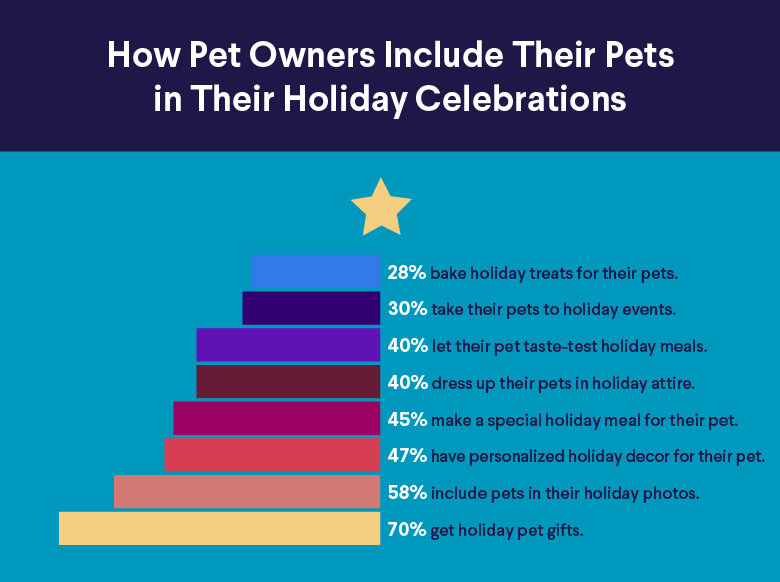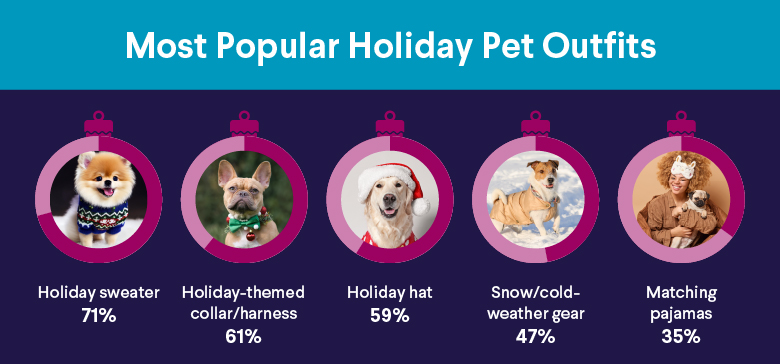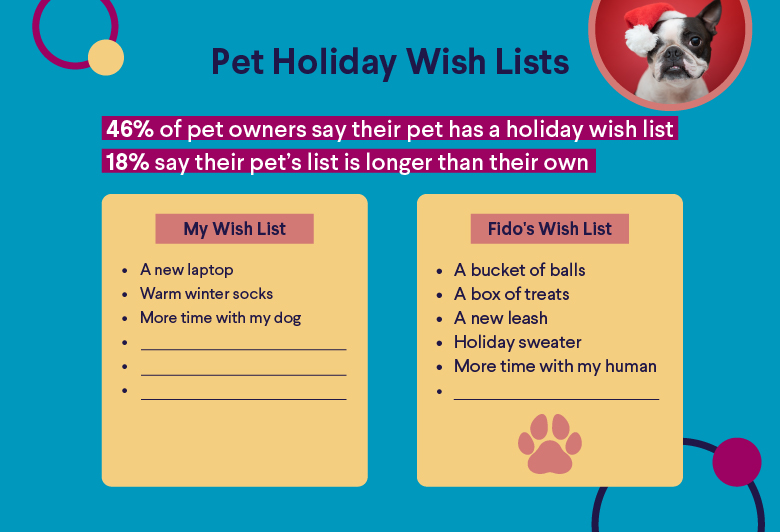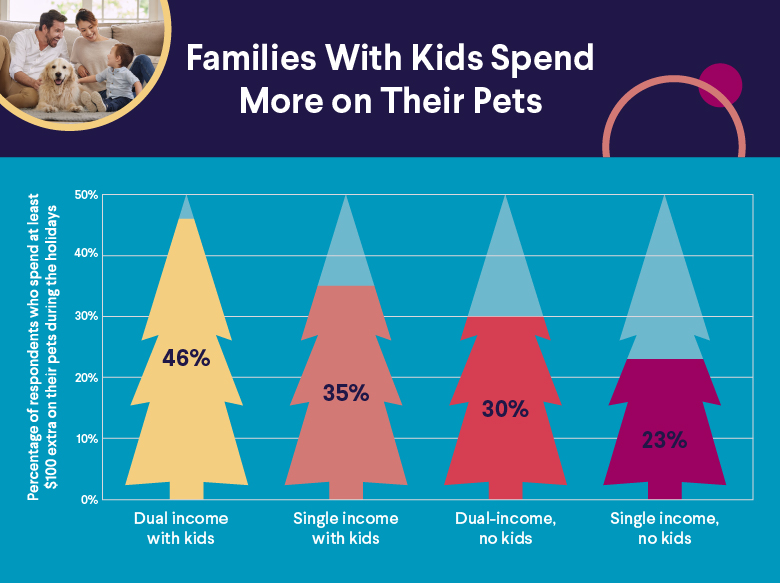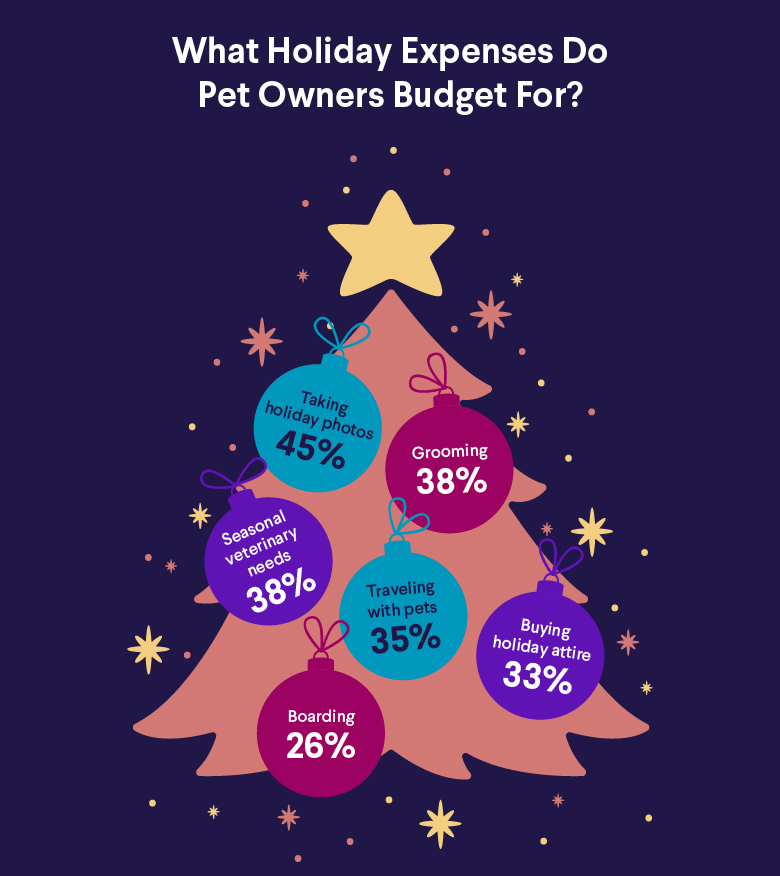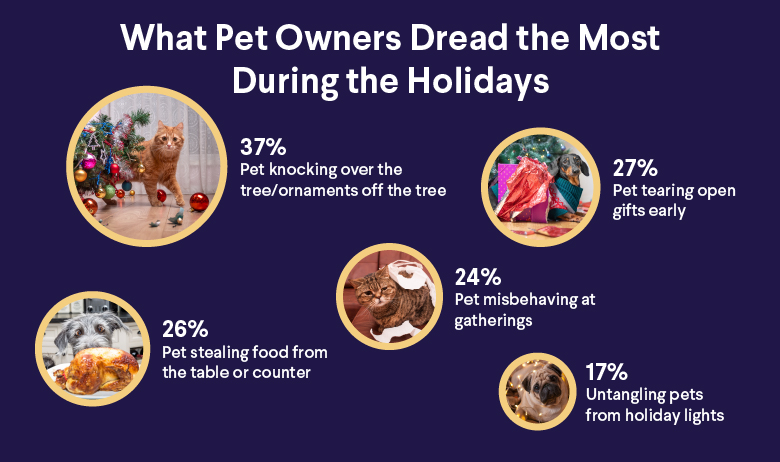23 Ways to Make Quick Cash: Online and Offline Solutions
It’s not uncommon to hit a moment in your financial life when you could use some cash…like, right away. Maybe you have a slew of unexpected expenses, get laid off, or need to help a loved one in need. Whatever the case, you may be craving a quick cash infusion.
To help out, here’s a list of 23 ways to get some money flowing your way ASAP. Some are online methods, others are in-person, but all can help you out when you are in a pinch.
Read on to see which of these ideas may suit you, plus tips on staying safe as you go after those additional funds.
When You Need Quick Cash
Many people hit a time when they could really use some additional cash. Perhaps you moved to a new town and need to put down a security deposit on a rental as well as pay your movers. Or you are a freelancer, and one of your clients is slow to pay. Or you need pricey dental work which isn’t fully covered by your health insurance. Or perhaps you just went overboard on holiday gift buying, and now your credit card bill is due.
Whatever the reason, if you need to get money fast and don’t want to break out your high-interest plastic to see you through, don’t panic. There can be an array of ways to bring in cash quickly. Some are online (taking marketing surveys), some are in person (dog walking), but there is likely to be at least a couple that suit your preferences and your situation.
💡 Quick Tip: An online bank account with SoFi can help your money earn more — up to 4.60% APY, with no minimum balance required.
Online vs Offline Money-Making Opportunities
As you look into ideas for how to get money fast, one key consideration is whether you want to do so online or offline. Perhaps both ways suit you, but many people have a preference.
If you have a job, are caring for dependents, or otherwise are under time constraints, you may prefer to squeeze in your money-making activities here and there. Online opportunities may suit you well, since some are available 24/7. For example, you could upload items you want to sell on eBay at any hour.
For others, offline work is more suitable. If, say, you are a brilliant guitar player and have a knack for sharing your skills, music lessons could be a good path, and you might find doing these in person more rewarding than via Zoom. Or holding a yard sale and selling off unwanted stuff could bring in a good amount of cash quickly.
Making Money Online
To help you scope out opportunities, consider this list of online ways to make quick cash.
1. Take Online Surveys and Market Research
From the privacy of your home, at your convenience, you could be earning small amounts of money (which can add up) by taking online surveys, watching videos, or even sharing your search history. These typically help marketers gain insight into consumer behavior and opinions Some places to sign up: Branded Surveys, Inbox Dollars, and Survey Junkie sites.
2. Sign Up for Freelancing Platforms
Do you have a skill to share…and sell? You might be able to offer your writing, social media, web design, translation, or other talents on a platform like Upwork, and get paid for freelance gigs. This can be an especially good way to make money even with no job.
3. Sell Products on E-Commerce Websites
If you are artsy or craftsy, you might try posting your work for sale online. Whether you make necklaces, take great nature photos, or knit beautiful baby sweaters, Etsy is a popular option. Just keep in mind that e-commerce websites typically have posting fees and then take a cut of your sales.
4. Offer Online Tutoring and Courses
You might be able to make quick cash by teaching online. Did you score in the top percentile on a standardized test or ace high-school physics? Are you pretty much fluent in French, or can you make bake-off-worthy cakes? You might be able to do remote tutoring or offer a class online. The key to bringing in quick cash here will be marketing your services well, so do a little online research upfront about how to bring an audience your way.
5. Try Affiliate Marketing
Do you love social media and have a strong presence, whether as a gamer, sharer of clothing hauls, or a guide to neighborhood businesses? If so, you could make quick cash via affiliate marketing. This means that you earn a commission on every visit, sale, or sign-up that you generate for a brand or merchant. You can learn more at affiliate marketing sites such as SemRush.
6. Find Unclaimed Money
Did you know that unclaimed funds, whether from forgotten-about bank accounts or insurance benefit checks that were never cashed, can wind up with the state government and sit, waiting to be claimed? It may be a bit of a longshot, but it can’t hurt to check out this unclaimed funds website and see if there is any cash in your name that you might collect.
7. Claim App Referrals
You may be used to those “Refer a friend and get $25!” offers online. If the shoe fits, as they say, wear it! For instance, if a buddy signs up for a PayPal or a Swagbucks account at your recommendation, you could benefit with a small chunk of change heading your way as a thank you.
8. Open a Bank Account
The personal finance business can be competitive these days, and some banks will offer you a tidy sum to open an account with them. This is among the more common bank bonuses, and while amounts will vary, you could earn a quick $250 this way. These offers are often at online vs. traditional banks. Just be sure to read the fine print before you sign up to make sure that there aren’t fees or minimum balances that would be challenging for you.
9. Sell Unused Gift Cards
Here’s a slightly weird way to make money. Do you have a gift card or two, maybe sent by a well-intentioned relative, sitting unused? Perhaps you never go to the coffee chain the card is for, or you don’t have a branch of the store nearby. You might recoup some of the card’s value by selling it on a site like CardCash, ClipKard, or GiftCash.
10. Get Paid Sooner
Need more ideas for how to make quick cash? This one doesn’t exactly bring in more money but can give you access to your earnings sooner. Some financial institutions will make your paycheck available up to 48 hours early when you sign up with direct deposit. Again, this isn’t a sum beyond what you earn, but it can let you, for instance, pay bills on time when you otherwise couldn’t.
11. Work as a Virtual Assistant
In this age of automation, many jobs can be done remotely as long as you have computer and wifi access. That includes being someone’s assistant and helping with tasks like scheduling, correspondence, and travel arrangements. Look for listings on sites like FlexJobs and LinkedIn.
Making Money Offline
Need more inspiration on how to make quick cash? There are plenty of ways to do so in the real world instead of online. Here is an assortment of ideas for getting some money into your bank account, where it’s needed most.
12. Do Local Odd Jobs and Gigs
Are there any services, whether one-off or ongoing, that you could offer? You might be able to help a senior with shopping, do yard work, assist someone with cleaning out their basement before they move, or set up for a party. Take a look at sites like Fiverr, Craigslist, or Nextdoor, as well as locations like community bulletin boards at cafes and other locations.
13. Sell Unused or Unwanted Items
Your junk could be someone else’s treasure that they might be willing to pay for. You could have a yard sale or visit one of the many places to sell your stuff. Items that could be sale-worthy include good condition electronics, cookware, clothing, sports equipment, housewares, home decor, your vinyl collection, and more.
14. Pet Sit or Walk Dogs
Here’s another idea for how to make quick cash, and it’s perfect for animal lovers: Do some pet sitting or dog walking. Using a well-known social networking site or a pet sitting site could help get attention and build the business; you might also try posting flyers in your neighborhood offering dog-walking services. Cash payments can make this a good gig for those who don’t want to wait for their money.
15. Tutor or Skill Share
As mentioned above, if you have a skill or talent (from speaking great Spanish to coding), you could tutor or offer instruction. Local schools and community centers could be a good place to market your skills; think about what credentials you can tout to show prospective students that you have the know-how.
16. Recycle for Cash
In this era of eco-consciousness, there are plenty of opportunities to recycle for cash. This can be as simple as gathering your own and your neighbors’ unwanted cans and bottles and redeeming them, or you might get scrap metal via Craigslist or Freecycle and then sell it to a scrap yard. And who knew? You might even earn quick cash via recycling cardboard at BoxCycle.
17. Take Care of Children or Elders
Could you do some babysitting, childcare, or eldercare to bring in cash? You’re likely to have some warm and fuzzy feelings too after doing gigs like these and helping others. Caregivers may have to go through an in-depth vetting process to sign up with an agency like Care.com, so be prepared to answer lots of questions (Do you have experience? What would you do in an emergency? Will you cook and clean?) and provide background information and ID.
18. Pawn Items of Value
Let’s say you have an urgent car repair bill and unfortunately haven’t got enough saved in an emergency fund. You could get cash quick by pawning an item (think jewelry, wristwatches, electronics, and musical instruments). This means you take it to a pawn shop, get cash, and if you come back and repay the loan in a certain time frame, you retake possession of the item. If you don’t, the pawn shop can sell it. This practice could benefit you when you need money fast.
19. Rent Out Extra Space
You’ve probably heard about the sharing economy, which can allow people to monetize their unused space. For instance, if you live in a popular area and have an extra bedroom, you might rent it out on Airbnb to people visiting your town for a few nights. You may even be able to rent out your unused parking space on Spacer.
20. Deliver Food
It’s a sign of the times: Food delivery, from groceries to restaurant meals to bubble teas, is on the rise. You might be able to make some fast money by doing this kind of delivery via a service like DoorDash, UberEats, InstaCart, and GrubHub, among others. This can be a good way to use your free time to bring in some cash when you need it quickly.
21. Drive Rideshare
Similarly, if you have access to a car, you could drive a rideshare for a company like Uber or Lyft. Whether ferrying people to the airport, work, or out to dinner, it can be a good way to monetize your free time.
22. Flip Free Items
Are you handy? Here’s a way to get some money flowing your way: You could snag items from Freecycle, Craigslist, Nextdoor, or even the curb, and refurbish and sell them as a low-cost side hustle. Maybe someone is getting rid of an old coffee table or nightstand that’s in rough shape. You could refinish or paint it and sell it at a profit. Yes, it takes a bit of time to do this work, but the opportunity to bring in perhaps a couple of hundred dollars for your effort is real.
23. Cash in Your Coins
Here’s an easy idea for making quick cash: Look around your house for that coin jar that many people have shoved in a closet or on a windowsill. If you have a stash of quarters somewhere, you might be surprised by how much it can add up to. Getting it to the bank or a retailer that offers coin counting and redemption services could bring you a good infusion of cash.
Combining Online and Offline Opportunities
Now that you’ve read this list, you can begin to think about which ideas spark the most interest or best suit your situation. When you want to make quick cash, you don’t have to try just one method.
Feel free to mix up online and offline techniques to make money fast. You might drive a rideshare on Sundays and tutor via Zoom twice a week. It’s all about what works best for you.
Balancing Your Time
One thing to remember as you work to bring in extra cash is that it is possible to overdo it. Whether you have a job and/or a family or are unemployed and single (or anything in between), remember that you do need downtime and rest. Don’t overschedule yourself with odd jobs and other money-making tasks. You need to balance your time. And if you are sleep-deprived and exhausted, you can’t do a good job making money anyway!
Tips for Staying Safe While Making Quick Cash
A word or two of warning as you look for ways to make quick cash: There are occasionally scams and dangerous situations out there. Be savvy as you move ahead.
Avoiding Scams
If an opportunity to make money sounds too good to be true, it probably is. There are quite a number of employment scams out there, so be vigilant. Work-from-home scams and overpayment scams are common; check out Fraud.org’s site
to learn more and protect yourself.
When selling items, also proceed with caution. There are also fraudsters using overpayment and money order trickery to get something for nothing.
Managing Personal Information
If you are applying for gig work, be cautious about to whom you send your personal information (such as your Social Security number and banking details). Do your research and vet the recipient of this info; otherwise, you might be dealing with a scammer who is trying to commit identity theft.
The Takeaway
Many people encounter a moment when they could really use some cash quickly. Happily, there are many ways to get money flowing your way, both online and offline. From dog walking to selling your unwanted stuff, from tutoring to taking surveys on your laptop, there are likely several options that can suit your needs.
And once you make that extra moolah, make sure it’s working hard for you and earning you some interest, thanks to a good banking partner.
Interested in opening an online bank account? When you sign up for a SoFi Checking and Savings account with direct deposit, you’ll get a competitive annual percentage yield (APY), pay zero account fees, and enjoy an array of rewards, such as access to the Allpoint Network of 55,000+ fee-free ATMs globally. Qualifying accounts can even access their paycheck up to two days early.
SoFi® Checking and Savings is offered through SoFi Bank, N.A. ©2023 SoFi Bank, N.A. All rights reserved. Member FDIC. Equal Housing Lender.
The SoFi Bank Debit Mastercard® is issued by SoFi Bank, N.A., pursuant to license by Mastercard International Incorporated and can be used everywhere Mastercard is accepted. Mastercard is a registered trademark, and the circles design is a trademark of Mastercard International Incorporated.
SoFi members with direct deposit activity can earn 4.60% annual percentage yield (APY) on savings balances (including Vaults) and 0.50% APY on checking balances. Direct Deposit means a deposit to an account holder’s SoFi Checking or Savings account, including payroll, pension, or government payments (e.g., Social Security), made by the account holder’s employer, payroll or benefits provider or government agency (“Direct Deposit”) via the Automated Clearing House (“ACH”) Network during a 30-day Evaluation Period (as defined below). Deposits that are not from an employer or government agency, including but not limited to check deposits, peer-to-peer transfers (e.g., transfers from PayPal, Venmo, etc.), merchant transactions (e.g., transactions from PayPal, Stripe, Square, etc.), and bank ACH funds transfers and wire transfers from external accounts, do not constitute Direct Deposit activity. There is no minimum Direct Deposit amount required to qualify for the stated interest rate.
SoFi members with Qualifying Deposits can earn 4.60% APY on savings balances (including Vaults) and 0.50% APY on checking balances. Qualifying Deposits means one or more deposits that, in the aggregate, are equal to or greater than $5,000 to an account holder’s SoFi Checking and Savings account (“Qualifying Deposits”) during a 30-day Evaluation Period (as defined below). Qualifying Deposits only include those deposits from the following eligible sources: (i) ACH transfers, (ii) inbound wire transfers, (iii) peer-to-peer transfers (i.e., external transfers from PayPal, Venmo, etc. and internal peer-to-peer transfers from a SoFi account belonging to another account holder), (iv) check deposits, (v) instant funding to your SoFi Bank Debit Card, (vi) push payments to your SoFi Bank Debit Card, and (vii) cash deposits. Qualifying Deposits do not include: (i) transfers between an account holder’s Checking account, Savings account, and/or Vaults; (ii) interest payments; (iii) bonuses issued by SoFi Bank or its affiliates; or (iv) credits, reversals, and refunds from SoFi Bank, N.A. (“SoFi Bank”) or from a merchant.
SoFi Bank shall, in its sole discretion, assess each account holder’s Direct Deposit activity and Qualifying Deposits throughout each 30-Day Evaluation Period to determine the applicability of rates and may request additional documentation for verification of eligibility. The 30-Day Evaluation Period refers to the “Start Date” and “End Date” set forth on the APY Details page of your account, which comprises a period of 30 calendar days (the “30-Day Evaluation Period”). You can access the APY Details page at any time by logging into your SoFi account on the SoFi mobile app or SoFi website and selecting either (i) Banking > Savings > Current APY or (ii) Banking > Checking > Current APY. Upon receiving a Direct Deposit or $5,000 in Qualifying Deposits to your account, you will begin earning 4.60% APY on savings balances (including Vaults) and 0.50% on checking balances on or before the following calendar day. You will continue to earn these APYs for (i) the remainder of the current 30-Day Evaluation Period and through the end of the subsequent 30-Day Evaluation Period and (ii) any following 30-day Evaluation Periods during which SoFi Bank determines you to have Direct Deposit activity or $5,000 in Qualifying Deposits without interruption.
SoFi Bank reserves the right to grant a grace period to account holders following a change in Direct Deposit activity or Qualifying Deposits activity before adjusting rates. If SoFi Bank grants you a grace period, the dates for such grace period will be reflected on the APY Details page of your account. If SoFi Bank determines that you did not have Direct Deposit activity or $5,000 in Qualifying Deposits during the current 30-day Evaluation Period and, if applicable, the grace period, then you will begin earning the rates earned by account holders without either Direct Deposit or Qualifying Deposits until you have Direct Deposit activity or $5,000 in Qualifying Deposits in a subsequent 30-Day Evaluation Period. For the avoidance of doubt, an account holder with both Direct Deposit activity and Qualifying Deposits will earn the rates earned by account holders with Direct Deposit.
Members without either Direct Deposit activity or Qualifying Deposits, as determined by SoFi Bank, during a 30-Day Evaluation Period and, if applicable, the grace period, will earn 1.20% APY on savings balances (including Vaults) and 0.50% APY on checking balances.
Interest rates are variable and subject to change at any time. These rates are current as of 10/24/2023. There is no minimum balance requirement. Additional information can be found at https://www.sofi.com/legal/banking-rate-sheet.
Financial Tips & Strategies: The tips provided on this website are of a general nature and do not take into account your specific objectives, financial situation, and needs. You should always consider their appropriateness given your own circumstances.
Third-Party Brand Mentions: No brands, products, or companies mentioned are affiliated with SoFi, nor do they endorse or sponsor this article. Third-party trademarks referenced herein are property of their respective owners.
External Websites: The information and analysis provided through hyperlinks to third-party websites, while believed to be accurate, cannot be guaranteed by SoFi. Links are provided for informational purposes and should not be viewed as an endorsement.
SOBK1023031



